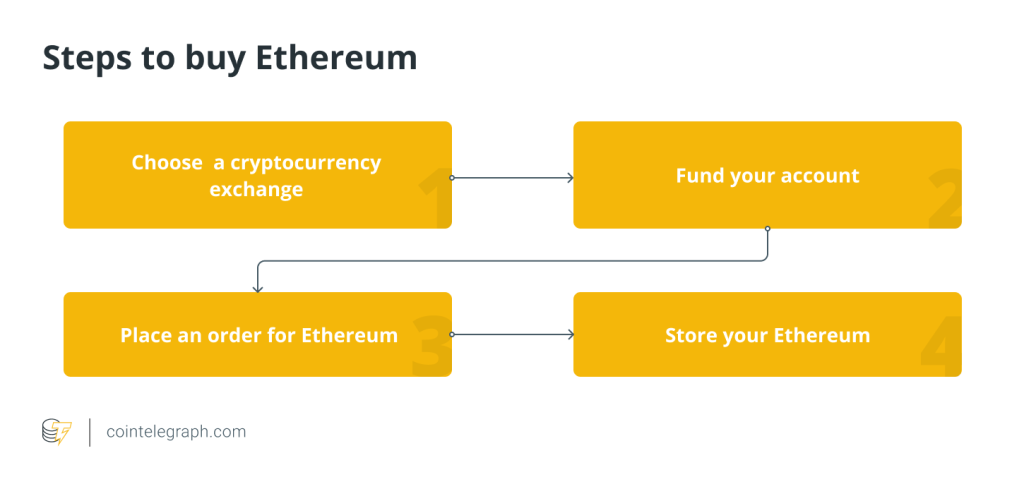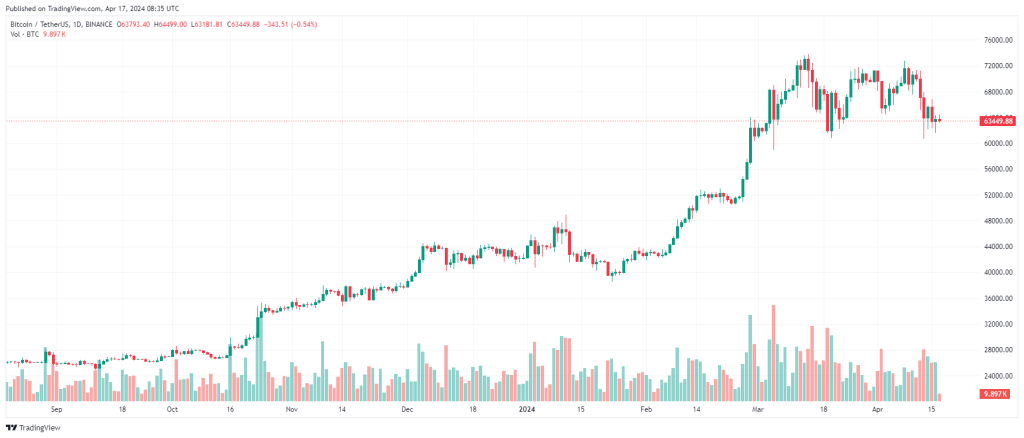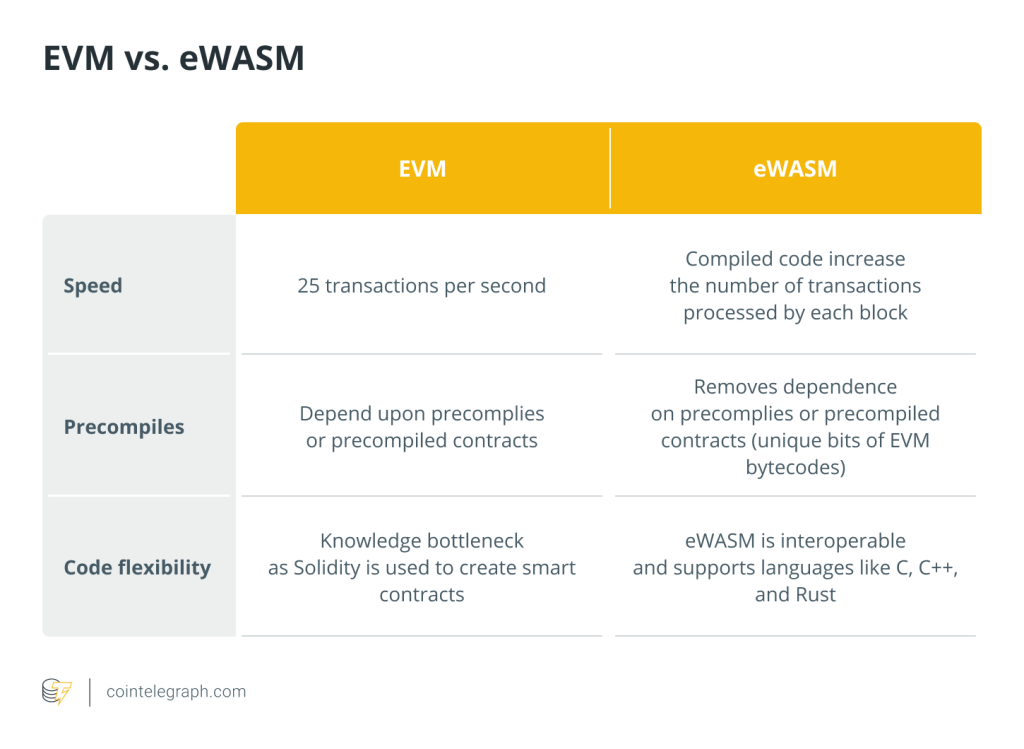BTCFi innovation to match Ethereum DeFi in the future — MerlinSwap co-founder

While Bitcoin-native DeFi used to be considered impossible, BTCFi is slowly emerging as a new blockchain paradigm, according to MerlinSwap’s co-founder.

Bitcoin decentralized finance (DeFi), or BTCFi, is a recent paradigm seeking to bring DeFi capabilities to the world’s first blockchain network. Provided that its current adoption rate continues, BTCFi could match the innovation of Ethereum-based DeFi in the future.
This is the view of Nash Lee, co-founder of MerlinSwap, who told Cointelegraph:
“[Market appetite] is seeking expansive platforms capable of accommodating the surging volumes and expectations. DeFi stands out as the only sector with the potential to leverage this narrative, providing a sustainable ecosystem for Bitcoin’s evolving use cases. This dynamic sets the stage for Bitcoin DeFi to potentially match, if not exceed, the innovation and complexity seen in Ethereum’s DeFi ecosystem.”
Showcasing investor demand for Bitcoin-native DeFi applications, decentralized exchange (DEX) MerlinSwap raised 6,599 Bitcoin (BTC) worth $480 million during its initial DEX offering (IDO) on April 5. The IDO attracted over 52,000 participants.
The record IDO is a testament to the market’s demand and confidence in Bitcoin-native DeFi applications, says Lee.
“It symbolizes the community’s eagerness to engage with and drive forward the DeFi revolution on Bitcoin’s platform. It underscores a significant shift toward recognizing the untapped potential of Bitcoin in the DeFi space, highlighting a broad-based demand for innovative, decentralized financial solutions built on the world’s first cryptocurrency.”
MerlinSwap is built on the Bitcoin layer-2 network Merlin Chain. It surpassed the $100 million in total value locked (TVL) on April 4, according to MerlinSwap.
Related: How high can Bitcoin go? New BTC price prediction sees cycle top at $180K
Bitcoin Ordinals were the first step to BTCFi
BTCFi emerged following the introduction of the BRC-20 token standard, which enabled the minting of nonfungible tokens (NFTs) on the Bitcoin blockchain for the first time.
Bitcoin-native NFTs, also known as Ordinals, are inscribed directly on satoshis (sats), giving them a permanent home on the Bitcoin network, unlike most NFT collections, to which the images and metadata are stored on centralized servers, creating potential vulnerabilities.
Showcasing the interest in Bitcoin-native NFTs, the network surpassed 64.1 million Ordinals inscriptions in less than one and a half years since the first Ordinal was inscribed in December 2022, according to Dune.

Beyond Ordinals, the emergence of Bitcoin layer-2s is another significant element of BTCFi, which will ultimately give more use cases to Bitcoin. Lee said:
“Before the advent of layer-2 solutions, Bitcoin native assets lacked practical applications, confining BTC’s role largely to that of digital gold. The emergence of Bitcoin layer-2 technologies has been a game-changer, unlocking a vast array of utilities for BTC assets.”
Related: Bitcoin’s 2028 halving price target is $435K, historical data suggests






Responses